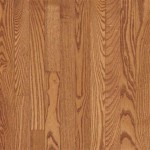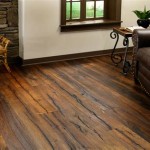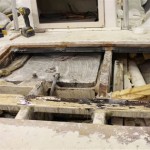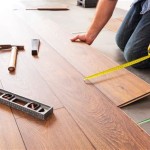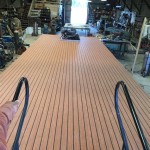Installing Hardwood Flooring Over Concrete: Essential Aspects to Consider
Transforming your space with the timeless elegance of hardwood flooring can be an exciting project, but when it comes to installing over concrete, meticulous preparation is paramount. Here are the crucial aspects to ensure a successful and long-lasting installation:
1. Concrete Preparation
The foundation of your hardwood installation rests on properly preparing the concrete subfloor. Begin by removing any existing flooring, adhesives, or debris. Next, inspect the concrete for any cracks, gaps, or unevenness. Repair any imperfections with a self-leveling compound or cement patch. Ensure the concrete is completely dry before proceeding.
2. Moisture Control
Concrete can retain moisture, which can lead to warping and buckling of the hardwood flooring. Install a moisture vapor barrier, such as a polyethylene film, between the concrete and the hardwood. This will prevent moisture from seeping up and damaging the flooring.
3. Underlayment Installation
An underlayment serves as a cushioning layer between the concrete and hardwood. It provides sound insulation, moisture resistance, and helps level out any minor imperfections in the concrete subfloor. Choose an underlayment designed specifically for concrete installations.
4. Hardwood Plank Selection
Not all hardwood species are suitable for installation over concrete. Choose moisture-resistant species such as engineered hardwood, laminate, or bamboo. These materials are designed to withstand the potential for moisture changes in the concrete.
5. Installation Method
There are two primary methods for installing hardwood flooring over concrete: floating and glue-down. Floating installation involves attaching the hardwood planks to each other and to the underlayment using a locking system. Glue-down installation involves bonding the hardwood planks directly to the concrete subfloor using a moisture-resistant adhesive.
6. Expansion Gap
Wood expands and contracts due to changes in temperature and humidity. Allow for an expansion gap of approximately 1/4 inch around the perimeter of the room. This will prevent the flooring from buckling or warping as it expands.
7. Finishing Touches
Once the hardwood flooring is installed, it should be sanded and finished with a protective coating. This could include staining, polyurethane, or other durable finishes. These finishes will not only enhance the appearance of the floor but also protect it from wear and tear.
Installing hardwood flooring over concrete requires careful planning and precise execution. By following these essential aspects, you can create a beautiful and long-lasting floor that will add warmth, character, and value to your space.

Installing Wood Flooring Over Concrete Diy

Q A Solid Wood Floors Over Concrete Slabs Jlc

Guide How To Install Hardwoods On A Concrete Subfloor

How Do I Install A Hardwood Floor On Concrete Slab The Carpet Guys

Installing A Hardwood Floor Over Concrete Slab American Information Center

8 Awesome Wood Floor Over Concrete Gallery Solid Hardwood Floors Diy Installation

How To Install A Barn Board Floor Over Concrete Tutorial Diy Passion

Installing Hardwood Floors On Concrete Subfloors

Ask Fred How Do I Install Wood Floor Below Grade Schedule

How To Install Solid Wood Flooring On Concrete And Oak Specialists Suppliers Nexus
Related Posts

